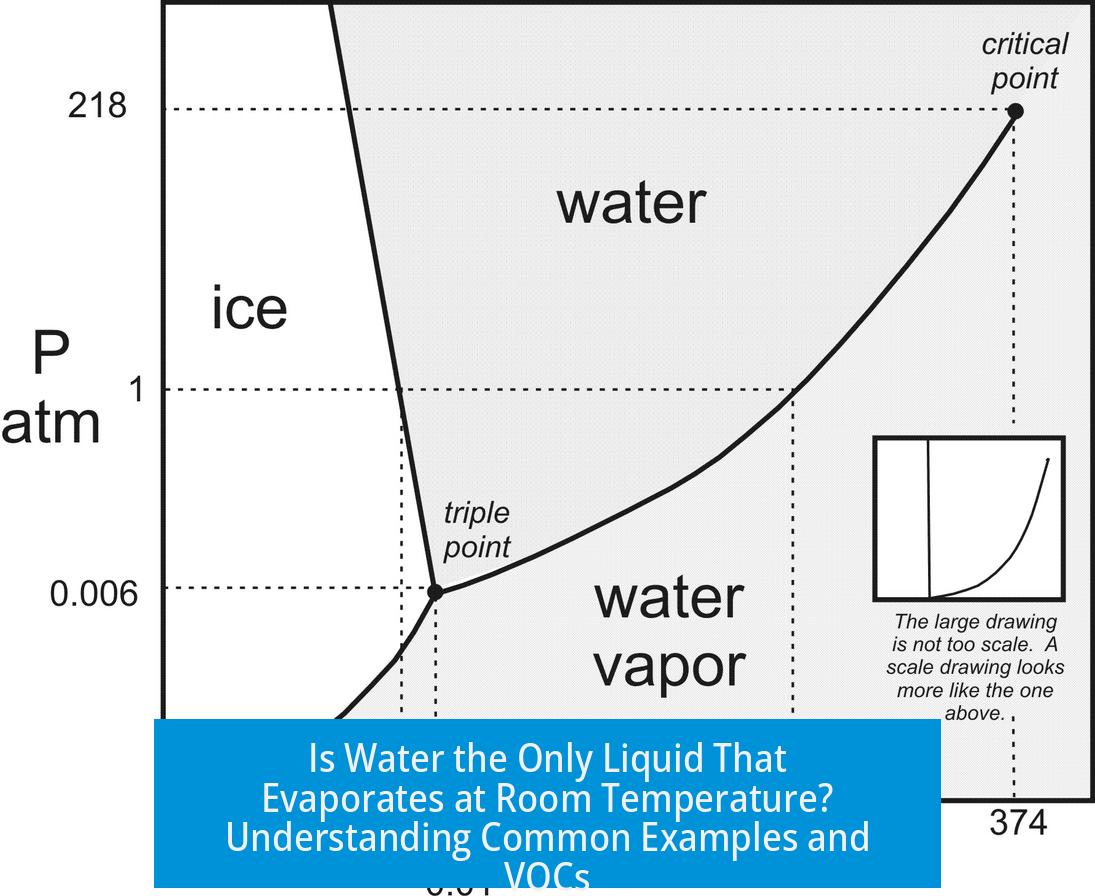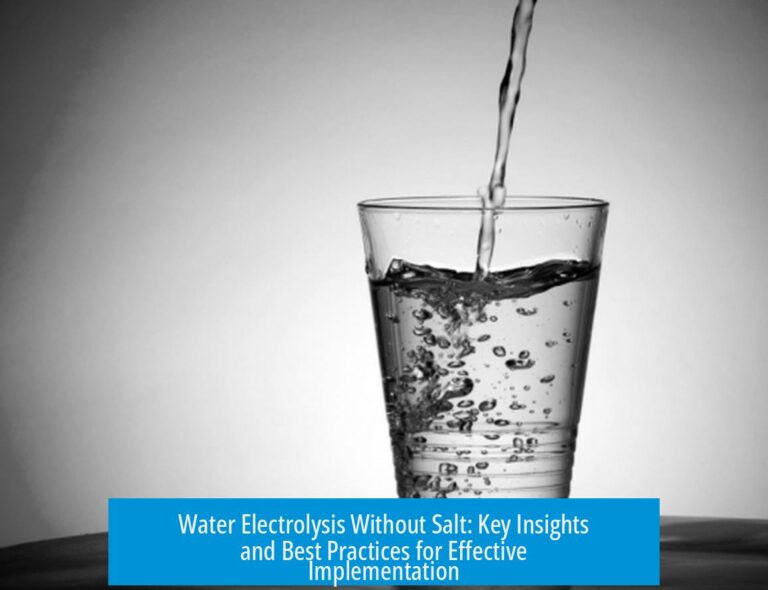Is Water the Only Thing That Evaporates at Room Temperature?
Water is not the only substance that evaporates at room temperature; in fact, all liquids evaporate to some degree at room temperature due to their vapor pressures. The evaporation rate depends on the chemical nature and volatility of the substance.
Evaporation Basics
Evaporation occurs when molecules escape from the liquid phase to the gas phase. This happens in any liquid with a non-zero vapor pressure at a given temperature, including room temperature (~20–25°C).
Examples of Common Liquids That Evaporate at Room Temperature
- Alcohol and Ether: These solvents evaporate readily well below room temperature.
- Mercury: Even mercury releases fumes slowly at room temperature due to its measurable vapor pressure.
- Ammonia: It boils below room temperature, indicating rapid evaporation and transition to gas.
Volatile Organic Compounds (VOCs)
Many organic compounds present in plants and natural extracts, such as terpenes, evaporate at room temperature. If you can smell a substance, that indicates volatile molecules are entering the air.
Other Volatile Chemicals
Several volatile compounds besides water evaporate at room temperature:
- Carbon tetrachloride (CCl4)
- Bromochloromethane (CH2BrCl)
- Tetrafluorodibromomethane (C2Br2F4)
All these liquids have measurable vapor pressures causing evaporation.
Evaporation in Complex Mixtures
Mixtures such as watermelon contain water, sugars, terpenes, and other organics. Many of these components evaporate at different rates. Water and small organic molecules tend to evaporate quickly, while others with low vapor pressure evaporate very slowly, sometimes effectively negligible over short periods.
Gaseous Substances at Room Temperature
Some substances exist as gases at room temperature and thus do not require evaporation from the liquid state. Examples include nitrogen, methane, ethane, propane, and natural gas.
Key Takeaways
- All liquids have some degree of evaporation at room temperature.
- Water is just one of many volatile liquids that evaporate.
- Common solvents like alcohol, ether, and volatile organics also evaporate readily.
- Substances like mercury emit fumes slowly at room temperature.
- Complex mixtures contain various compounds, each with different evaporation rates.
- Gaseous substances at room temperature do not evaporate since they are already in the gas phase.
Does only water evaporate at room temperature?
No, many liquids evaporate at room temperature. All liquids with vapor pressure release molecules into the air, including alcohol, ether, and even mercury fumes.
What are examples of substances that evaporate besides water?
Common examples are alcohol, ether, carbon tetrachloride (CCl4), bromochloromethane (CH2BrCl), and tetrafluorodibromomethane (C2Br2F4). Plants also emit volatile organics like terpenes.
Can liquids boil below room temperature?
Yes, some substances like ammonia boil below room temperature, meaning they change from liquid to gas without needing higher heat.
Do all chemicals in mixtures evaporate at the same rate?
No, evaporation rates differ. Water and small organics evaporate relatively fast. Others, like starches or some organics with very low vapor pressure, evaporate very slowly, if at all.
Are there gases at room temperature that don’t evaporate?
Yes, gases such as nitrogen, methane, ethane, and propane exist naturally as gases at room temperature and do not evaporate from liquids.





Leave a Comment